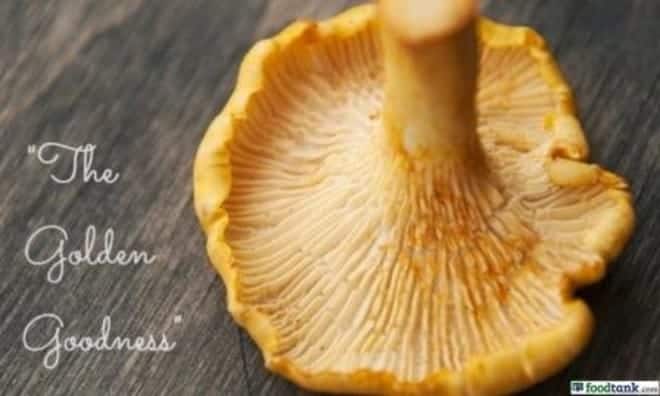Under the foliage of the misty west coast rain forests in Vancouver, Canada lies the golden chanterelle mushroom. The origin of this fungus has been historically documented in both Chinese and African history, but many cultures claim to have used the chanterelle for centuries. The mushroom is as diverse as the cultures that claim heritage to it. In Europe chanterelles are commonly thumb size, while in North America they can grow to be as large as the size of two fists.
The cultivation of these golden mushrooms must be done with care. Although they appear in the same area year after year, the ground surrounding the mushroom is fragile and, if disturbed, the number that grows the next year will not be as high. The Forest Practices Branch of the Ministry of Forests has a comprehensive guide entitled “Harvesting Wild Edible Mushrooms in BC.” The guide offers useful information, such as knowing which parks require permission to pick mushrooms and how to properly harvest them.
It is also important to be careful about picking the mushroom itself. The Gomphus floccosus mushroom is one that can be easily mistaken for the chanterelle. This variety, however, is poisonous and dangerous to humans.
Chanterelles should be fragrant in odor and have a golden or apricot color, they shouldn’t be slimy or dark with decaying parts, and the gills should be consistent in pattern. They can be simply sautéed in a pan, baked in a recipe, or dehydrated.







